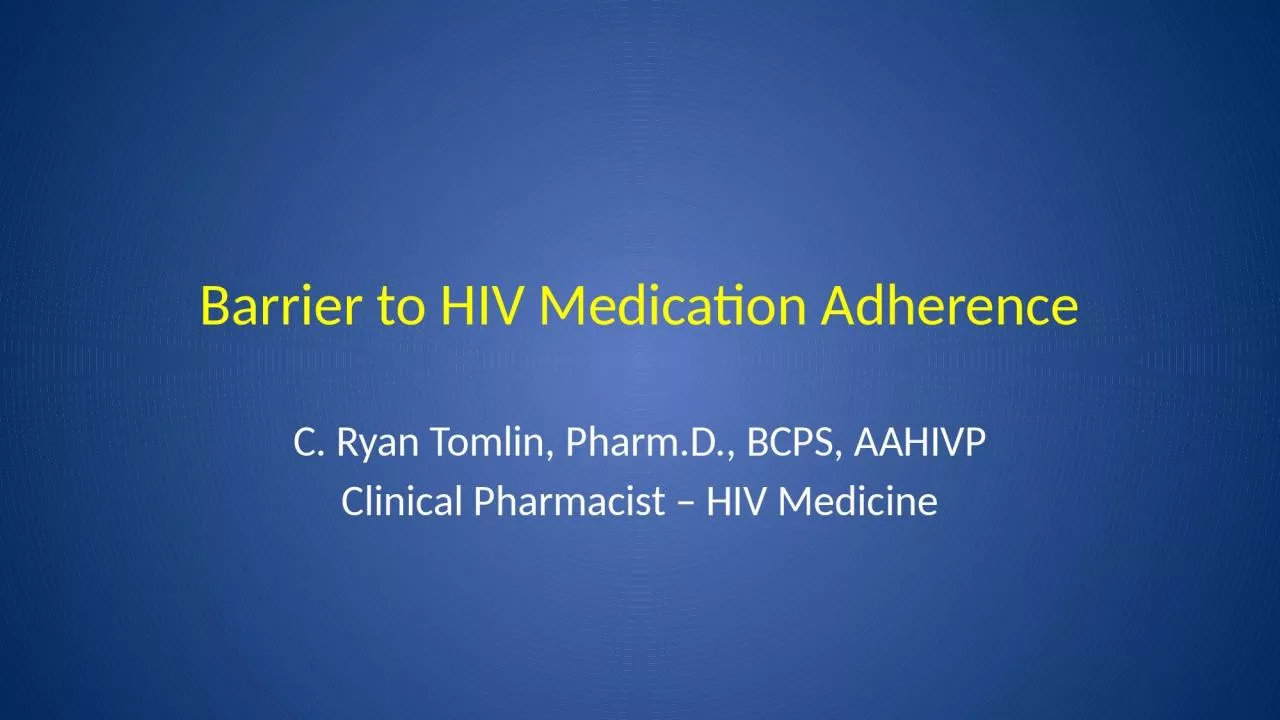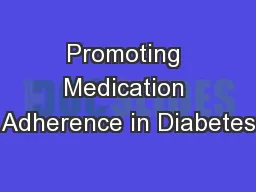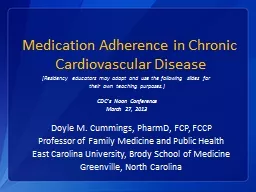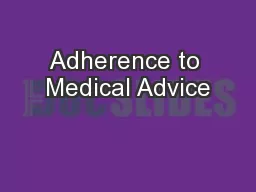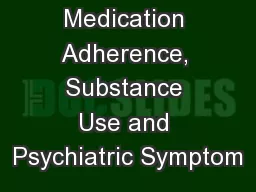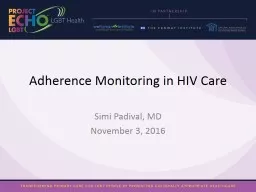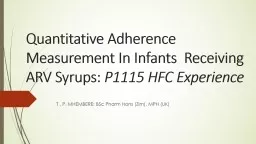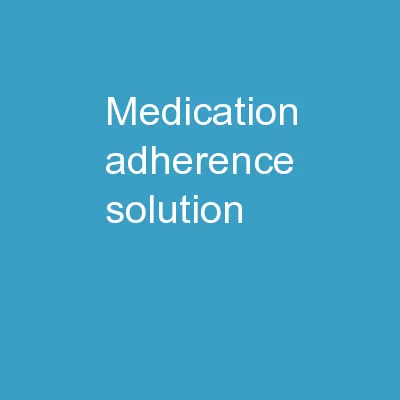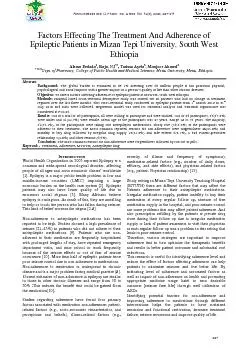PPT-Barrier to HIV Medication Adherence
Author : emery | Published Date : 2022-06-11
C Ryan Tomlin PharmD BCPS AAHIVP Clinical Pharmacist HIV Medicine Outline Side Effects Concerns with Pharmacokinetics Medication Errors Resistance 2 Side Effects
Presentation Embed Code
Download Presentation
Download Presentation The PPT/PDF document "Barrier to HIV Medication Adherence" is the property of its rightful owner. Permission is granted to download and print the materials on this website for personal, non-commercial use only, and to display it on your personal computer provided you do not modify the materials and that you retain all copyright notices contained in the materials. By downloading content from our website, you accept the terms of this agreement.
Barrier to HIV Medication Adherence: Transcript
Download Rules Of Document
"Barrier to HIV Medication Adherence"The content belongs to its owner. You may download and print it for personal use, without modification, and keep all copyright notices. By downloading, you agree to these terms.
Related Documents

